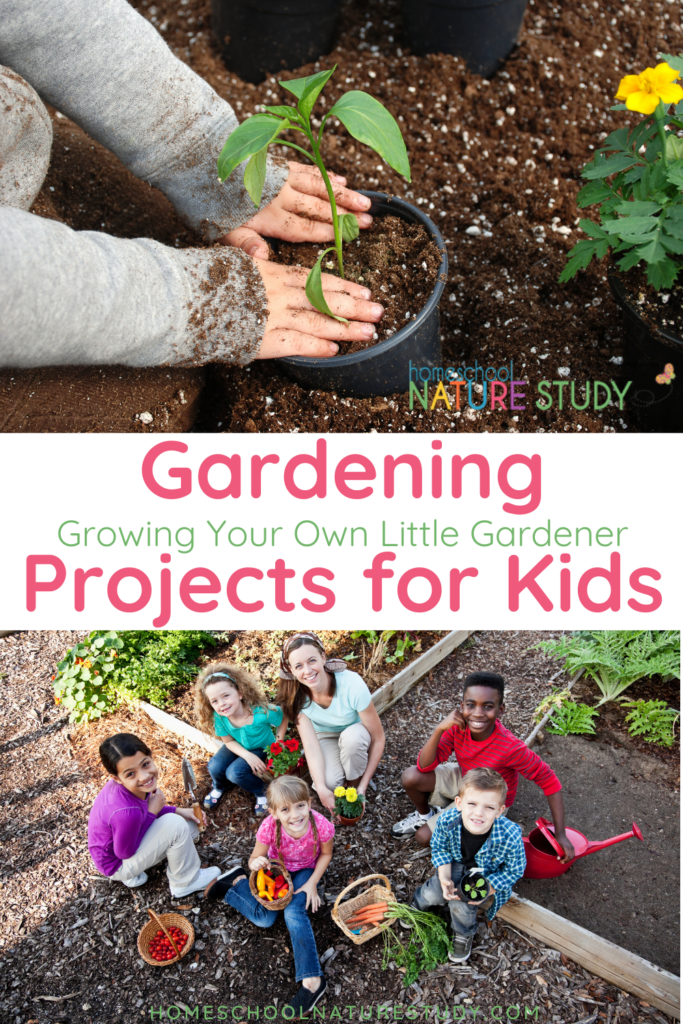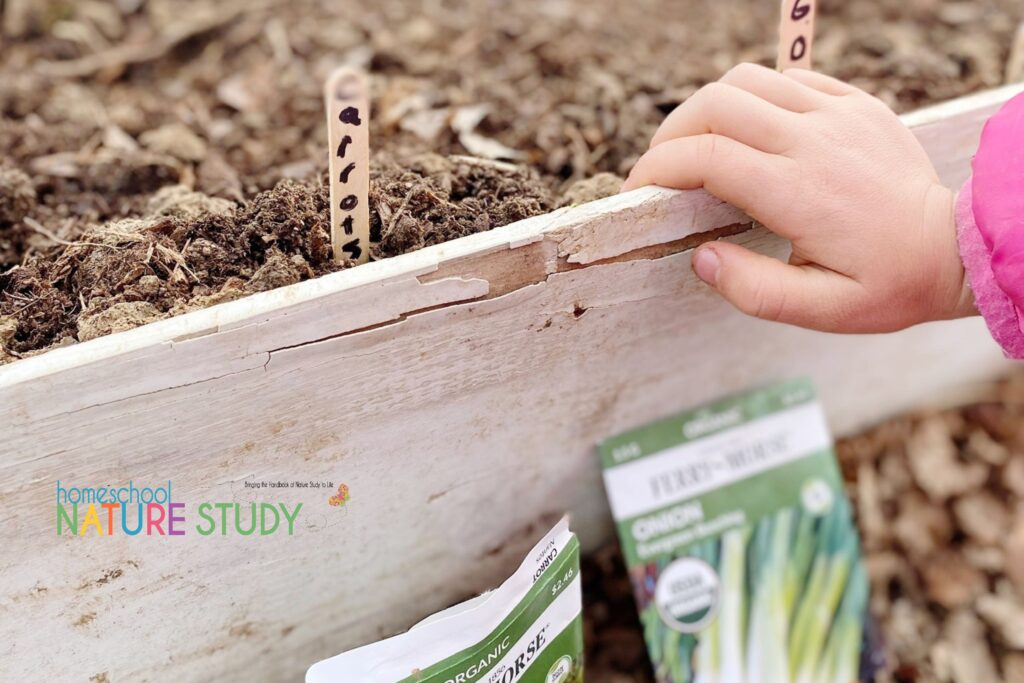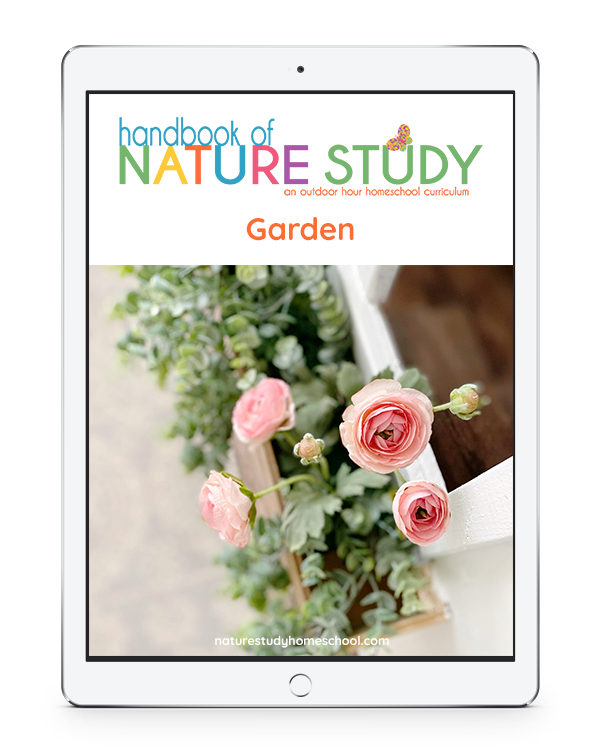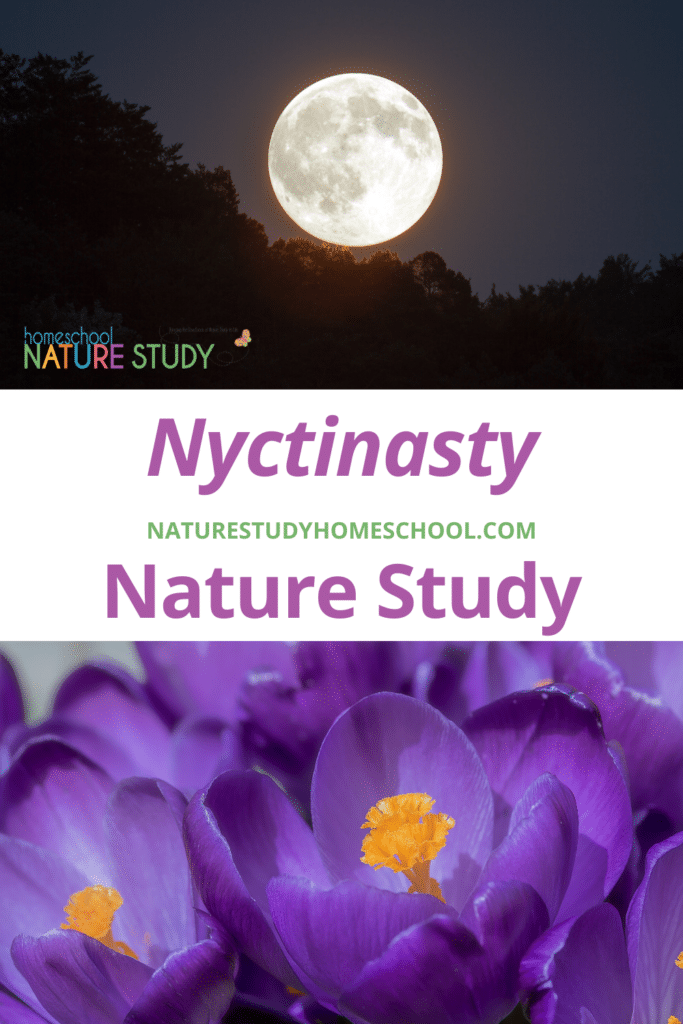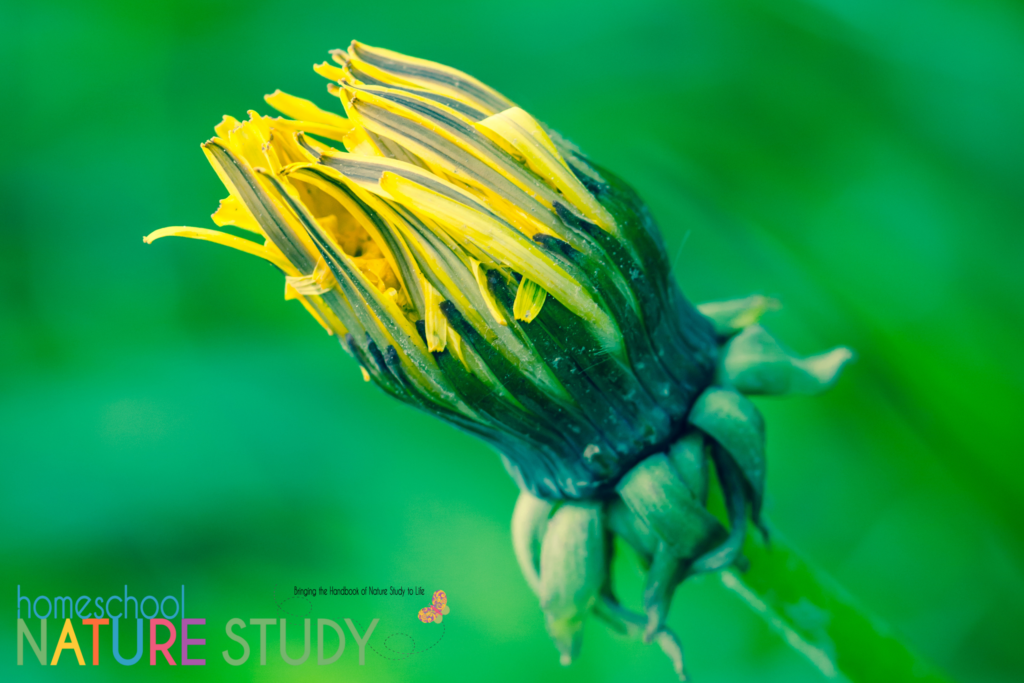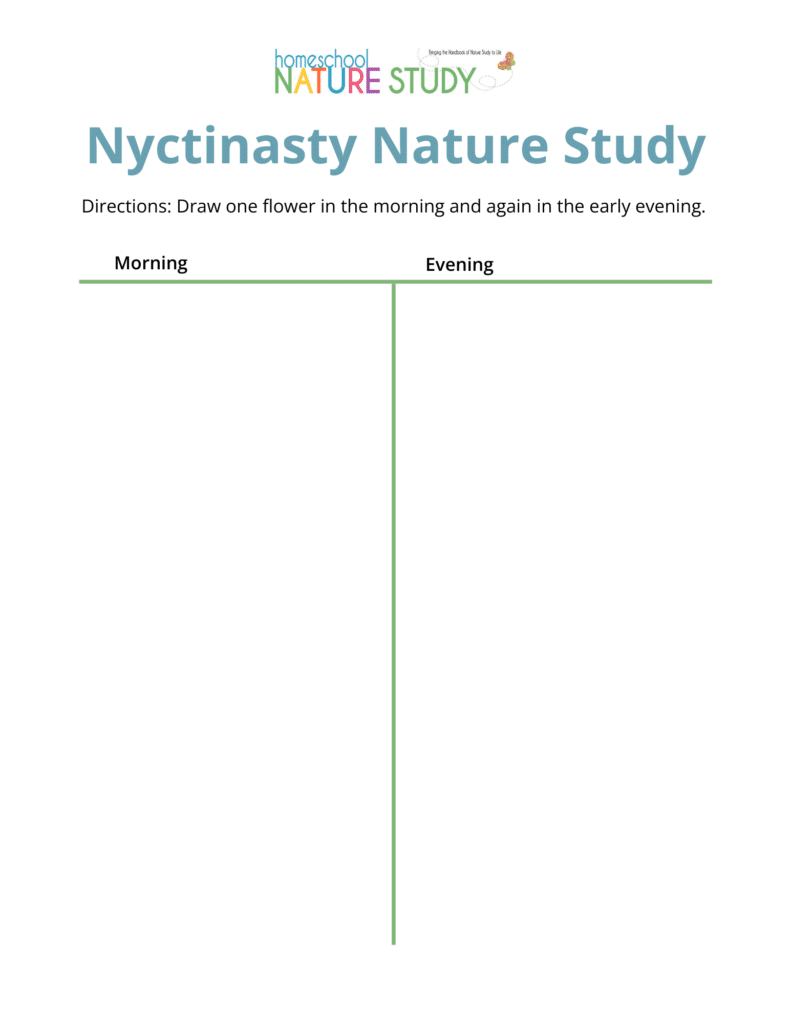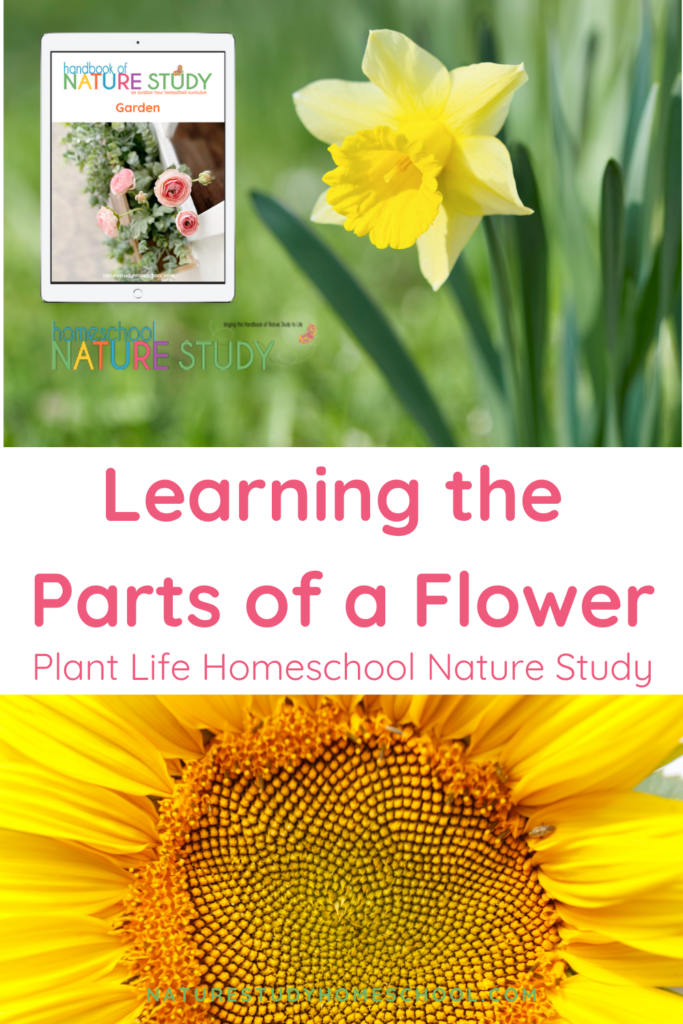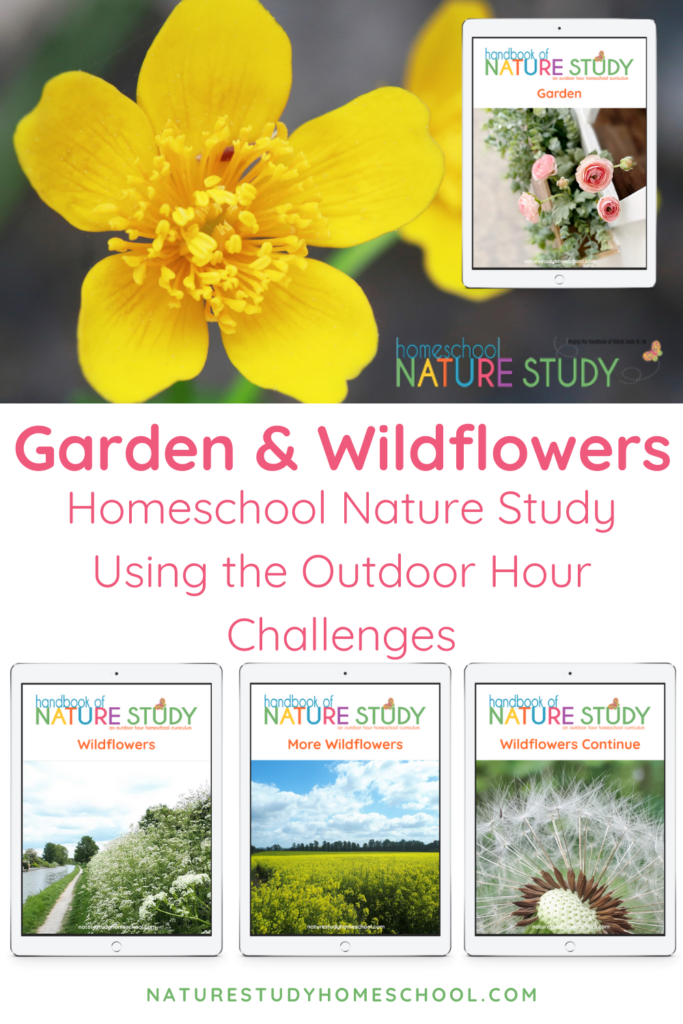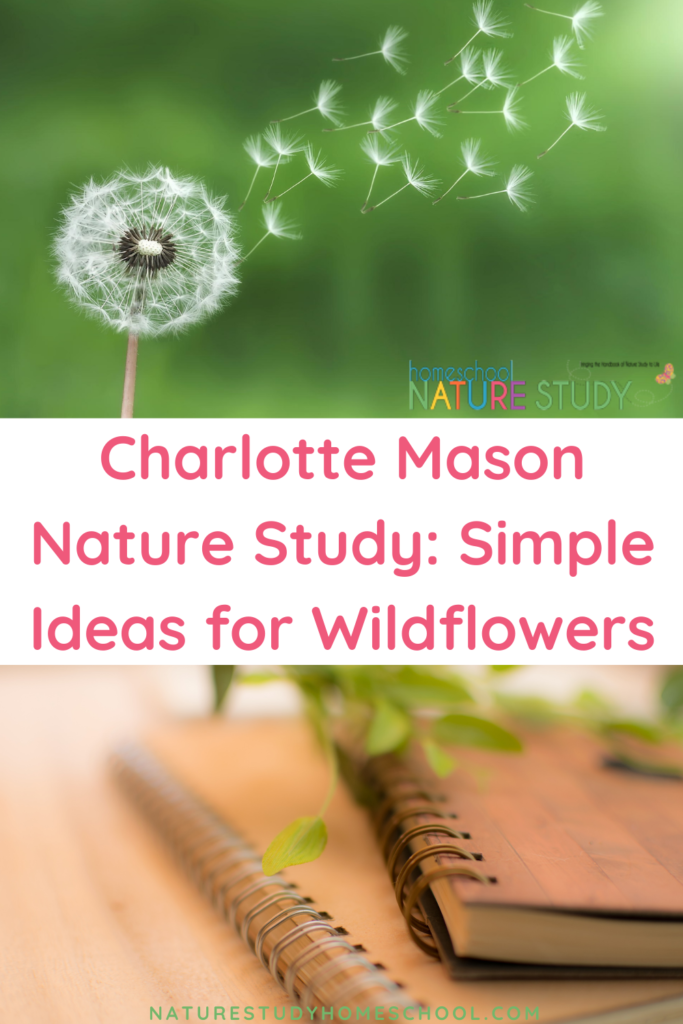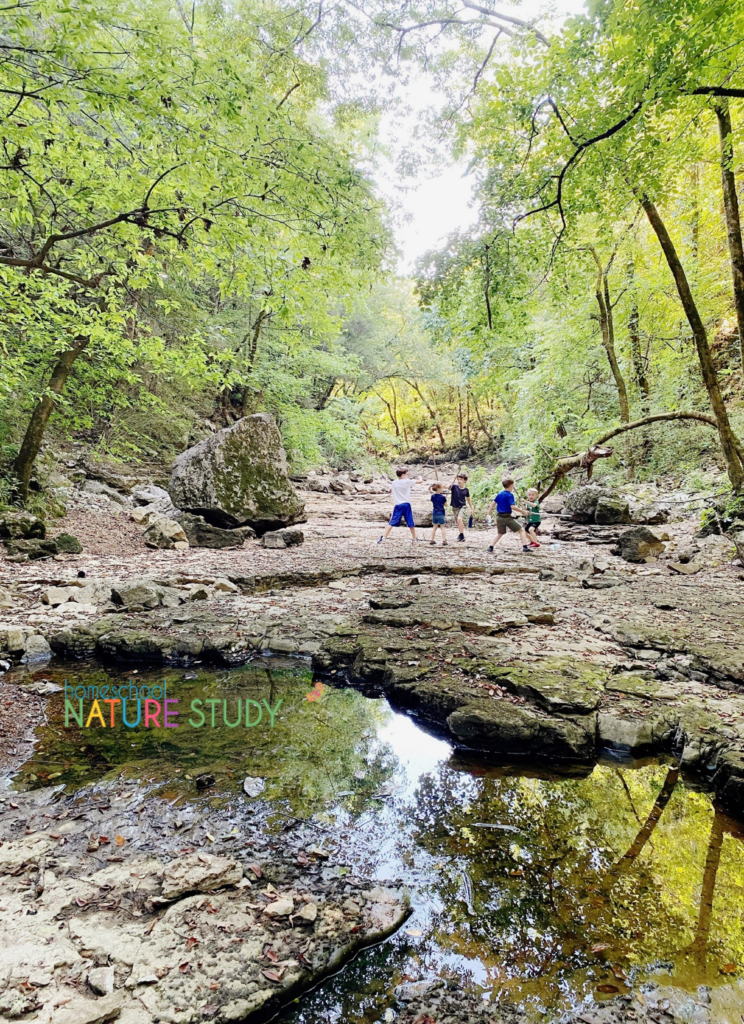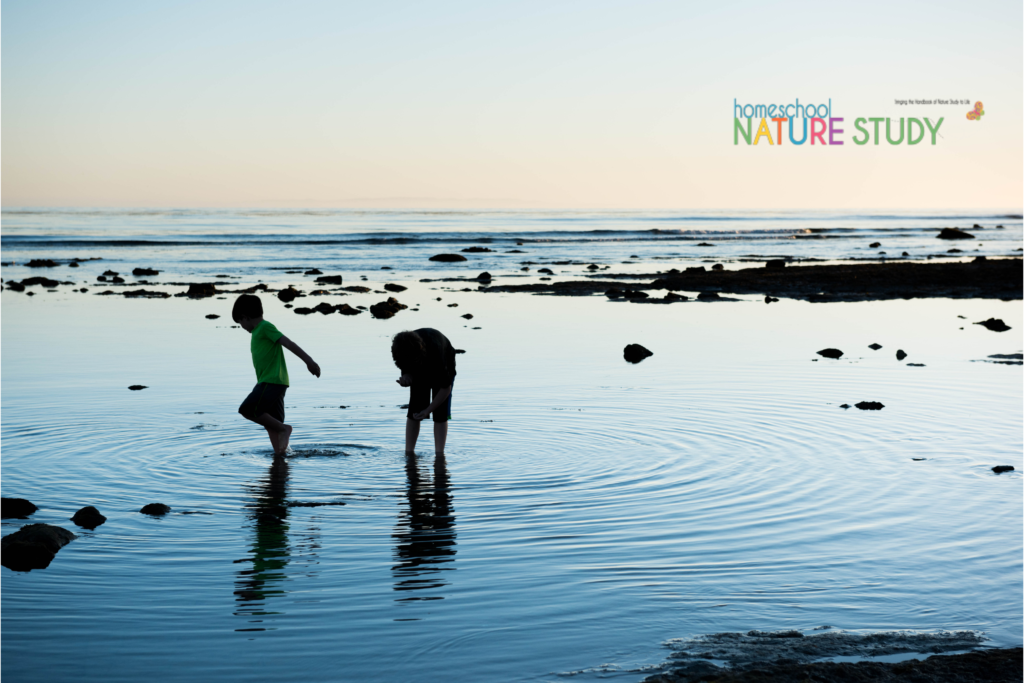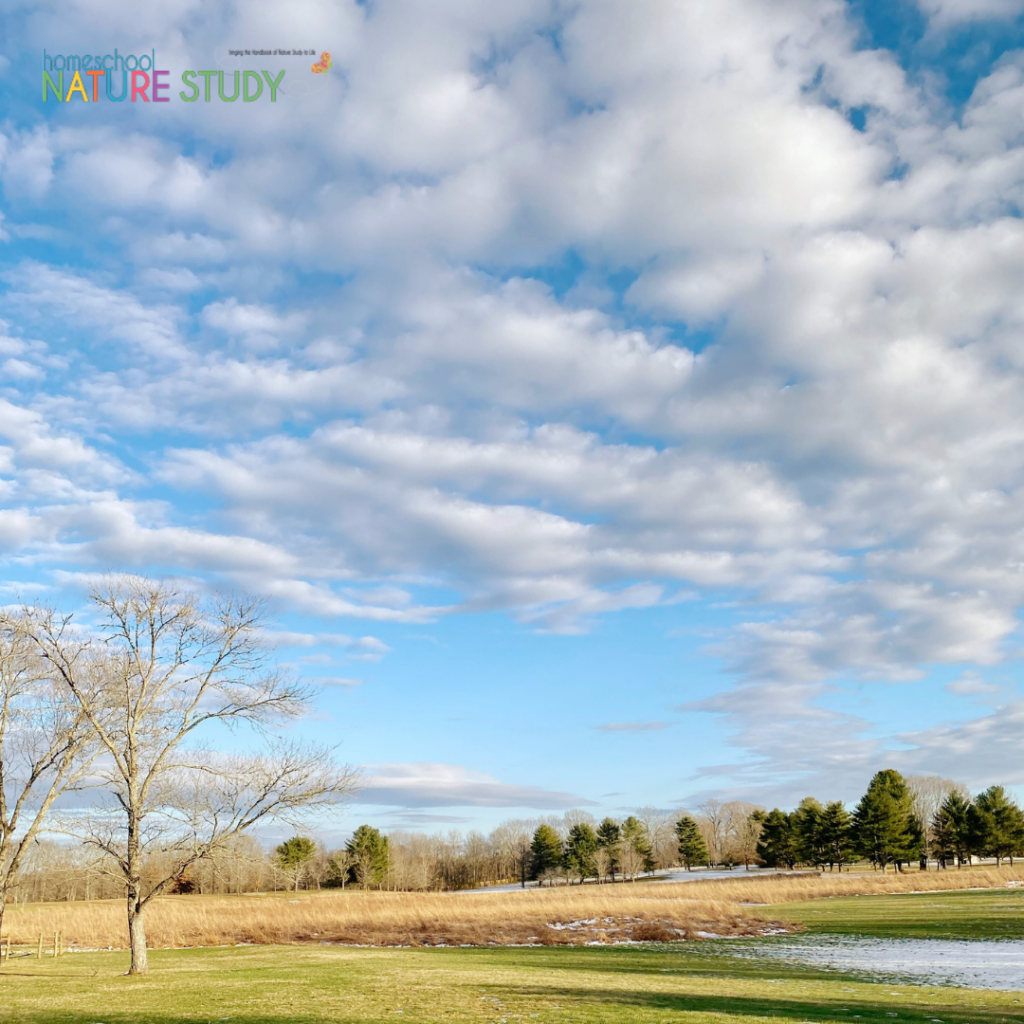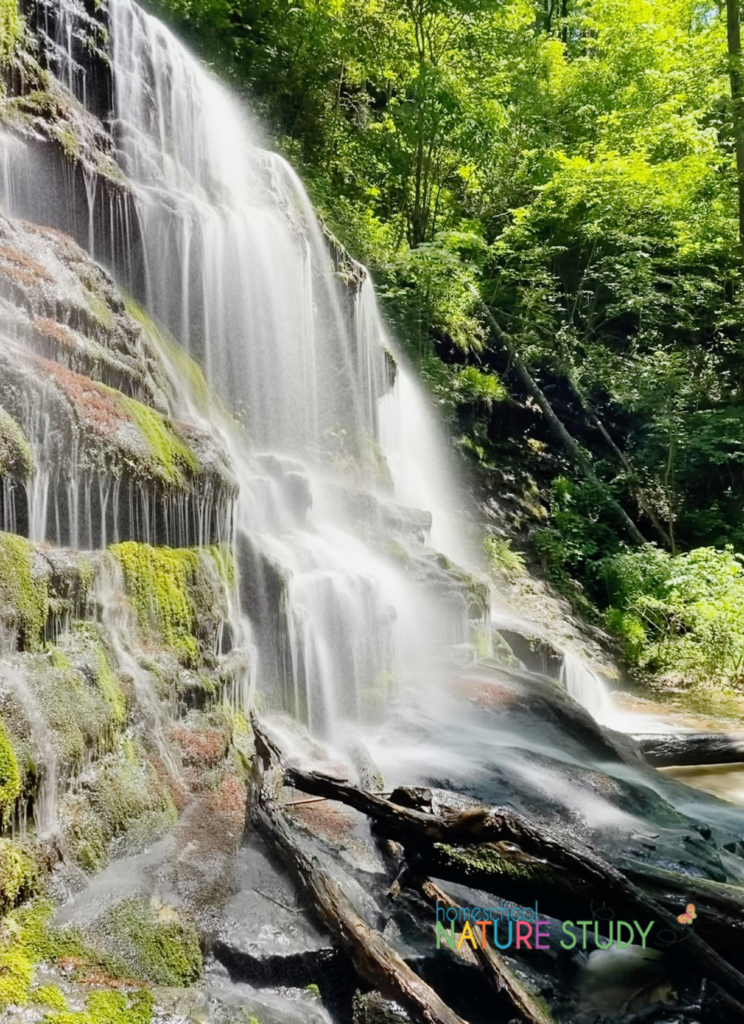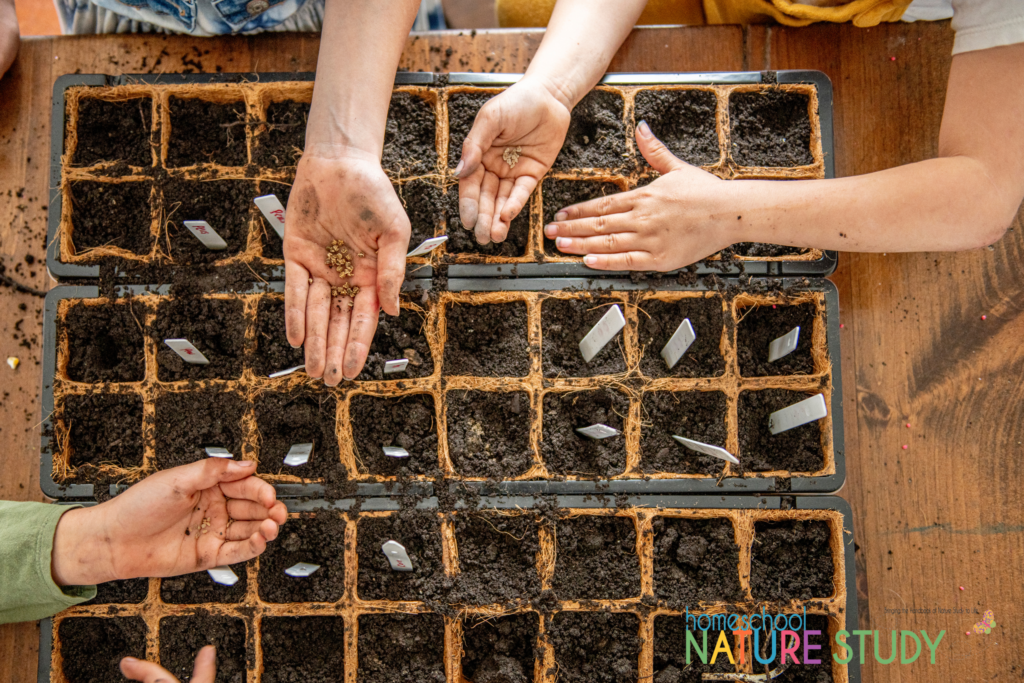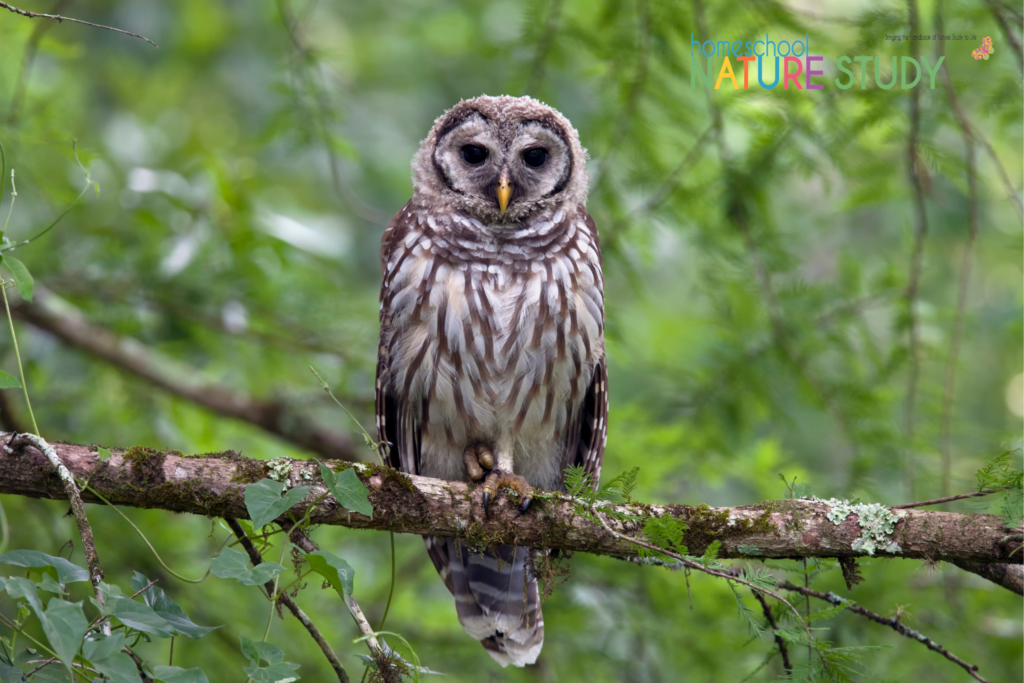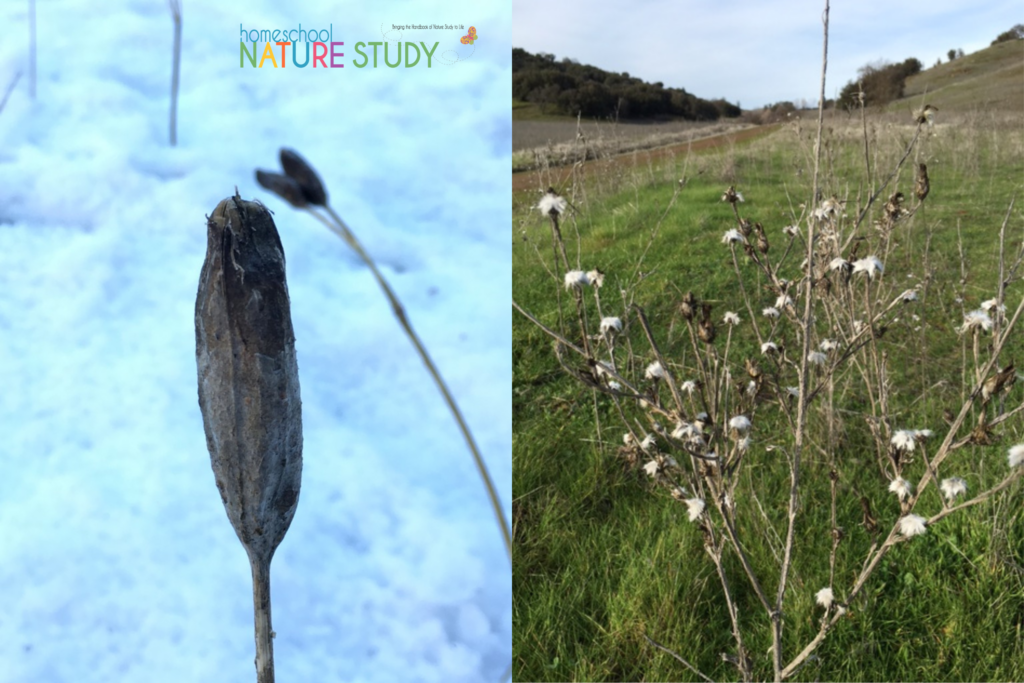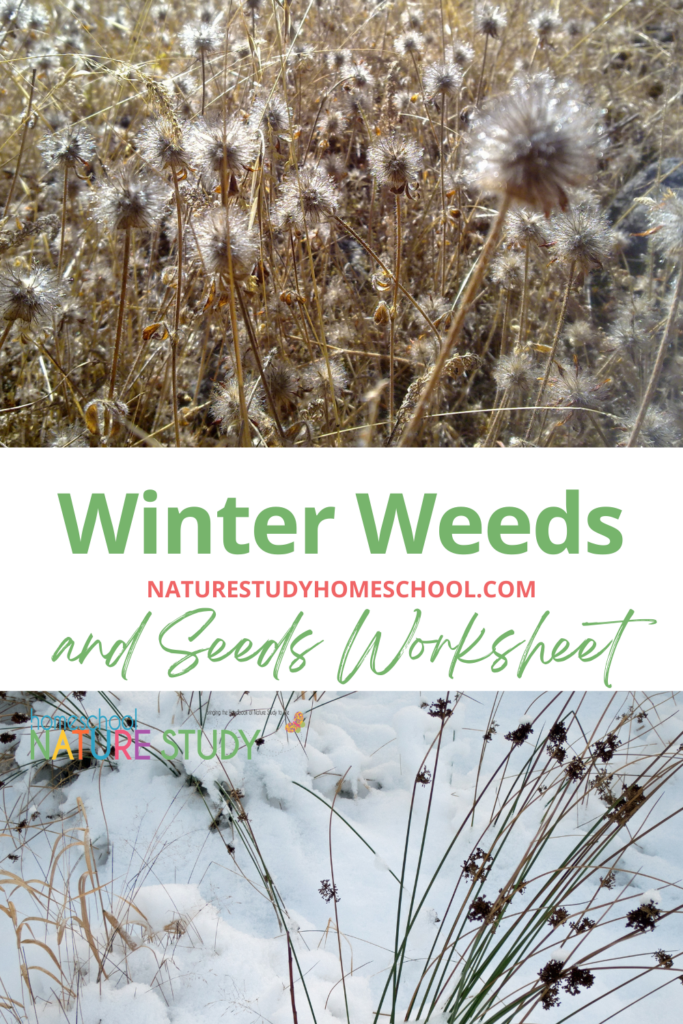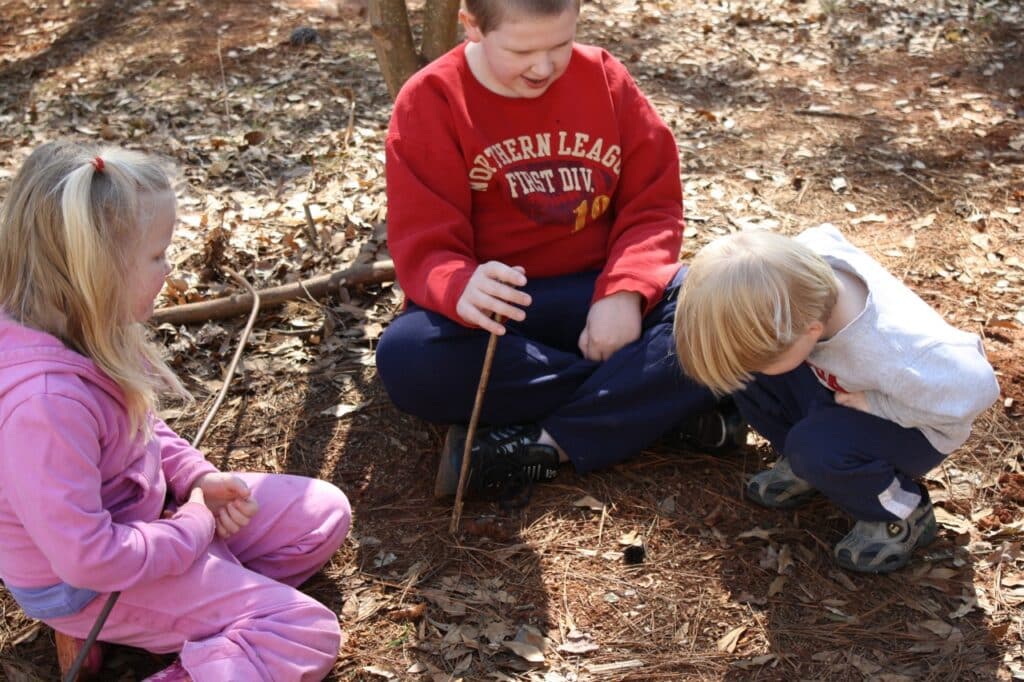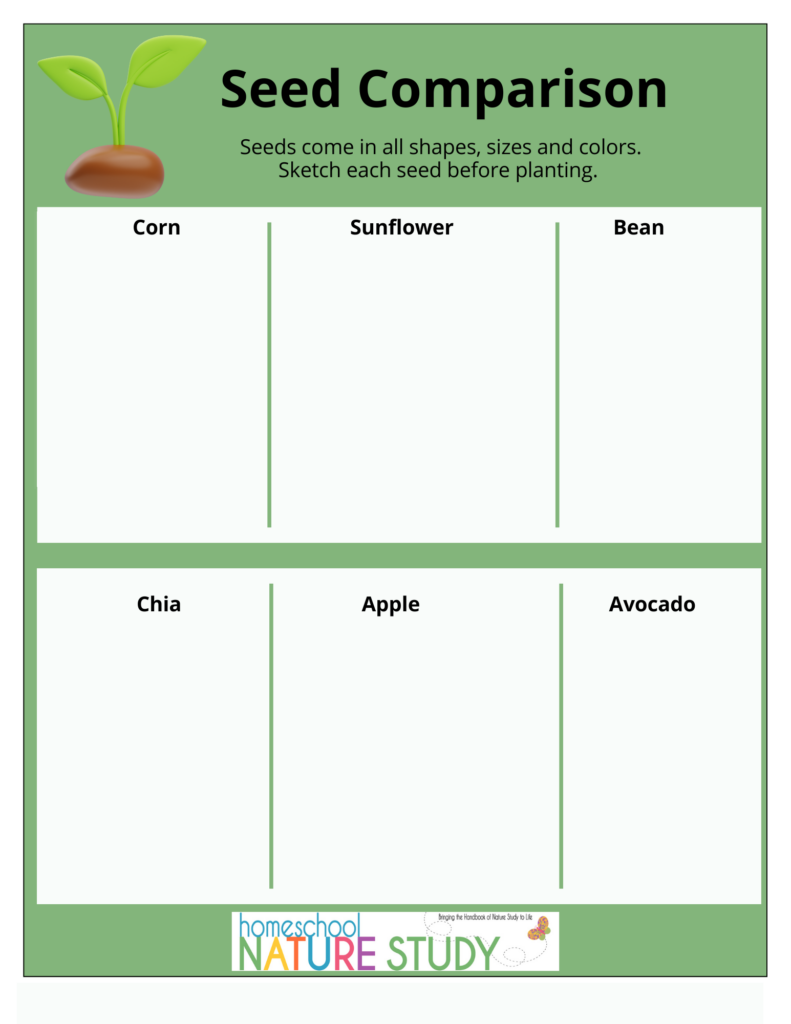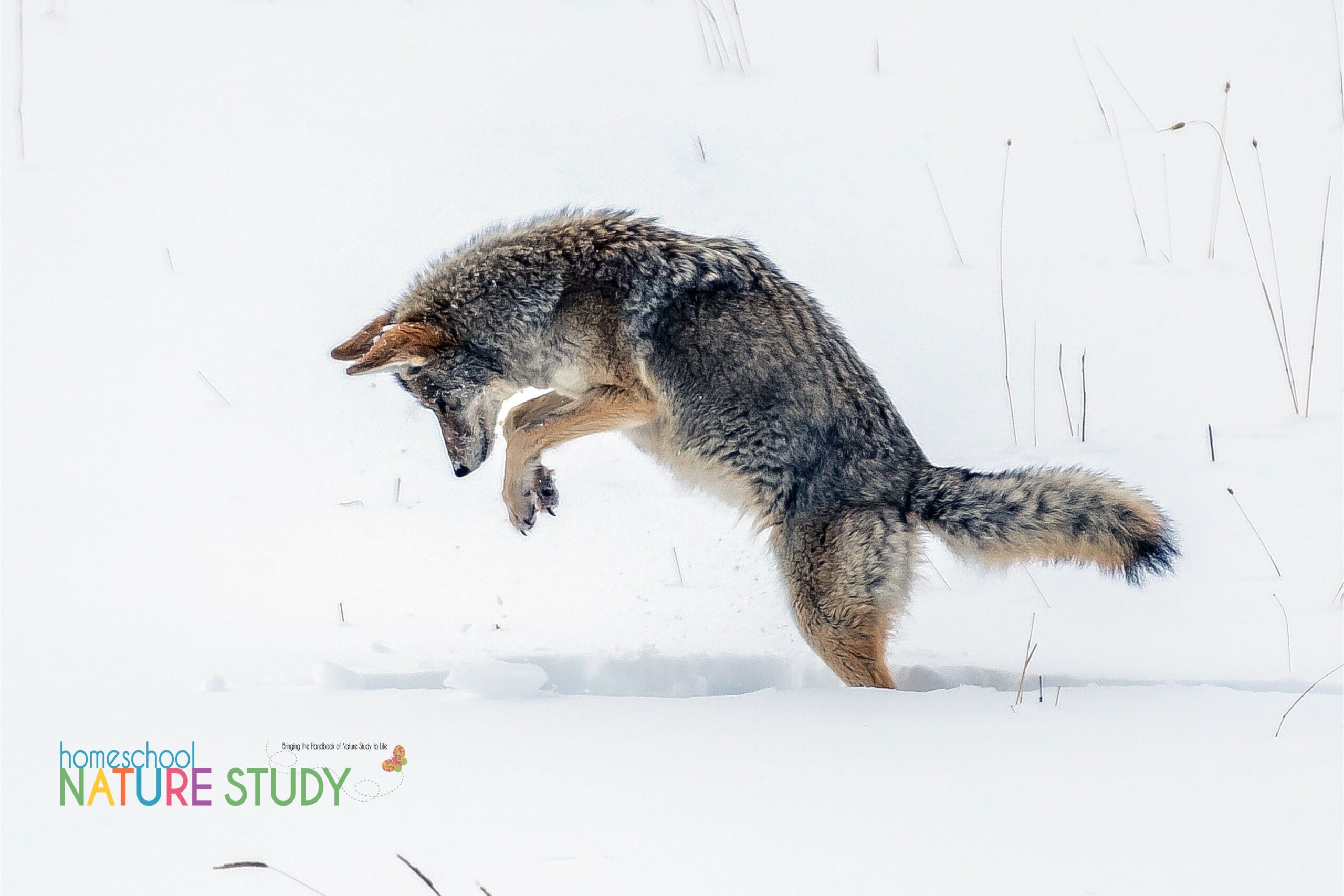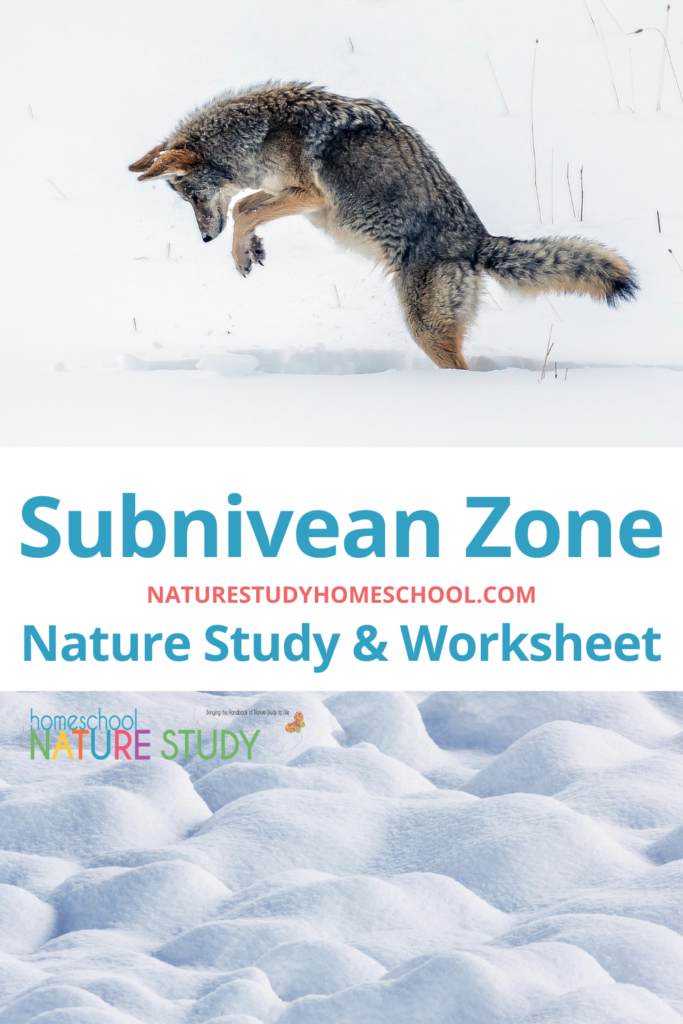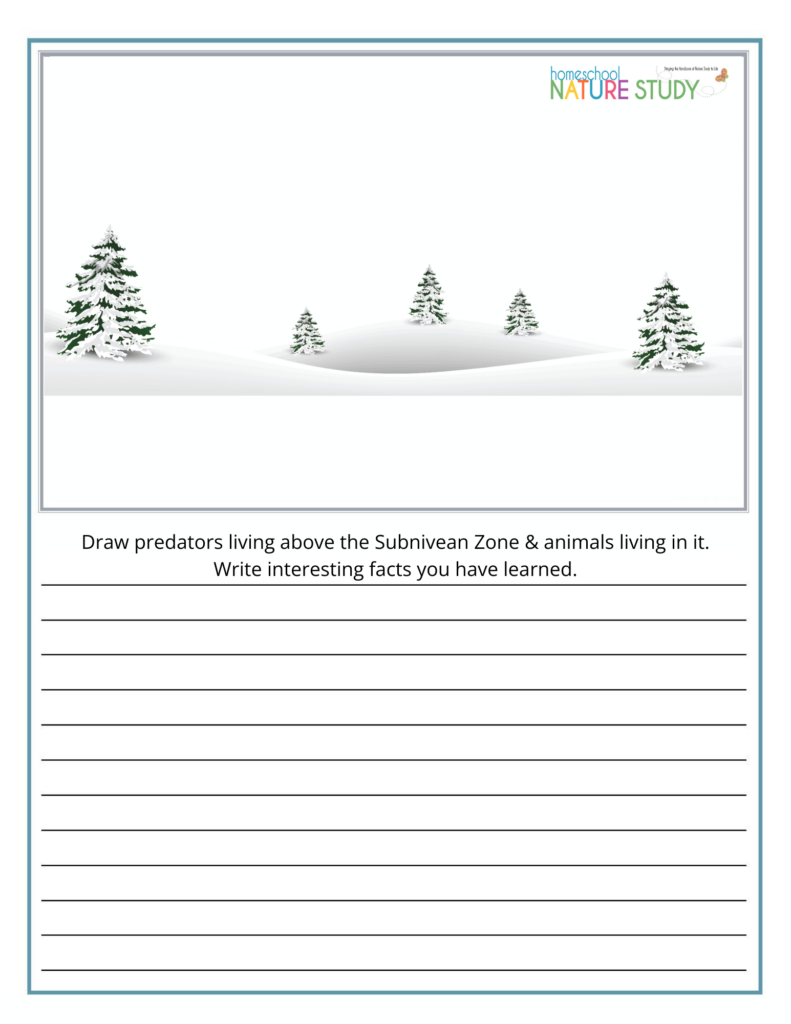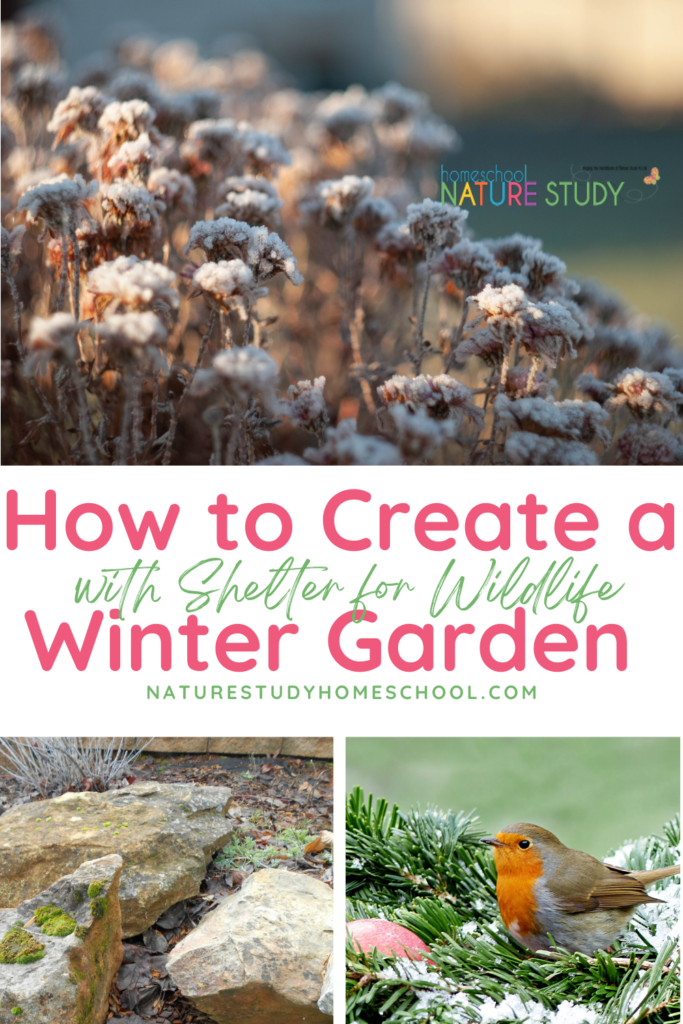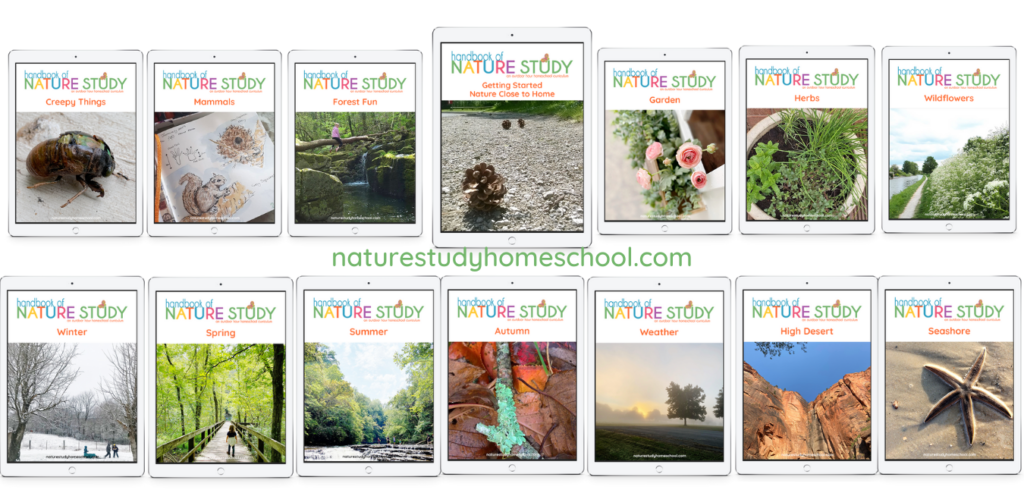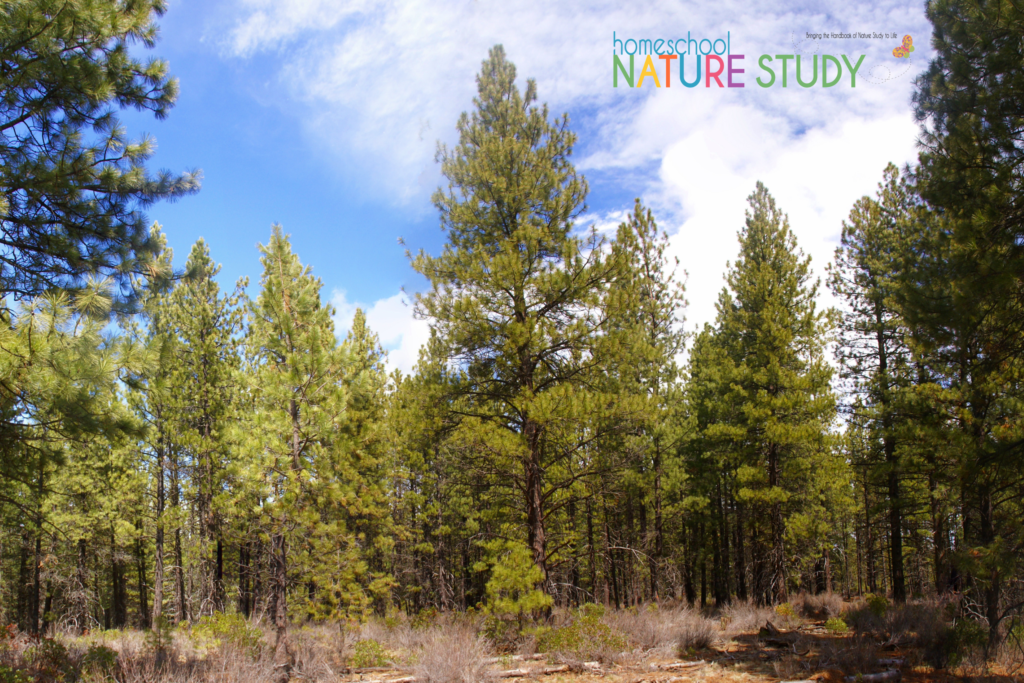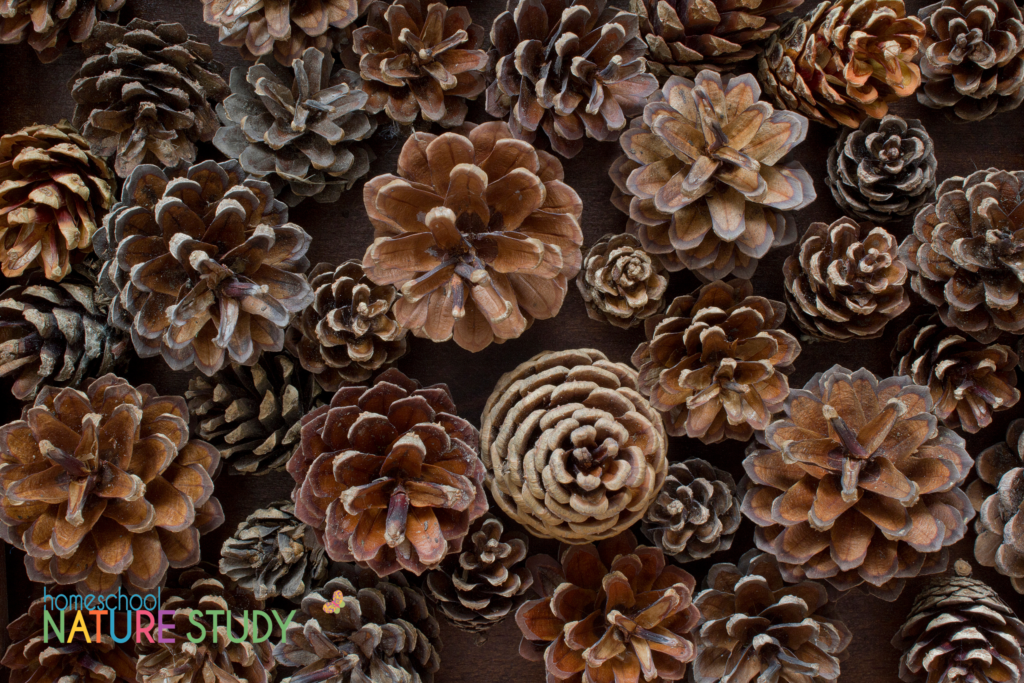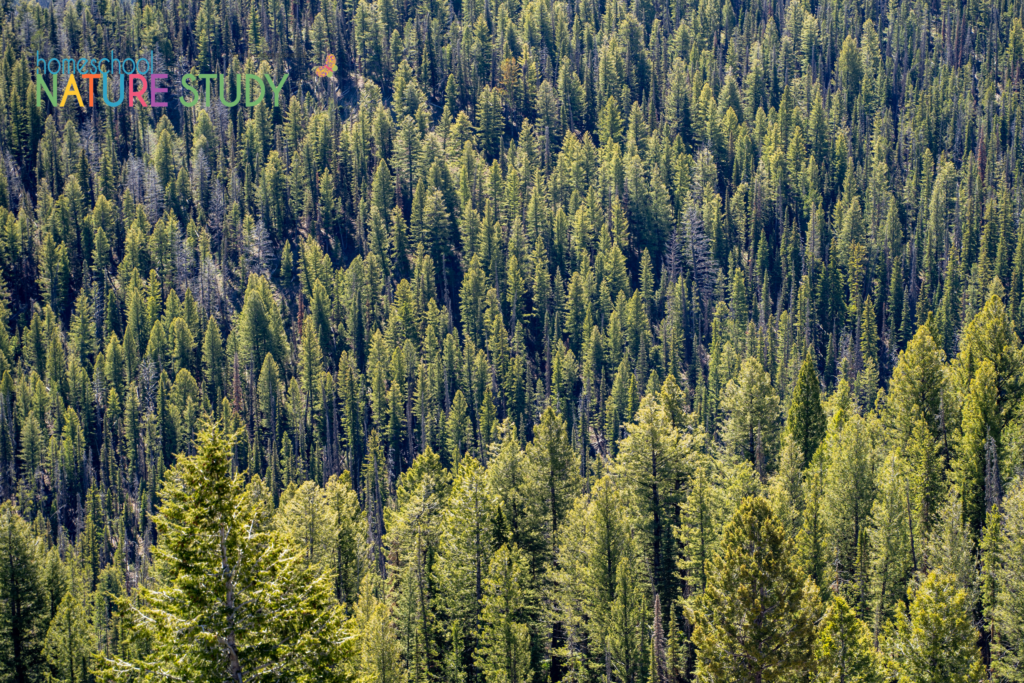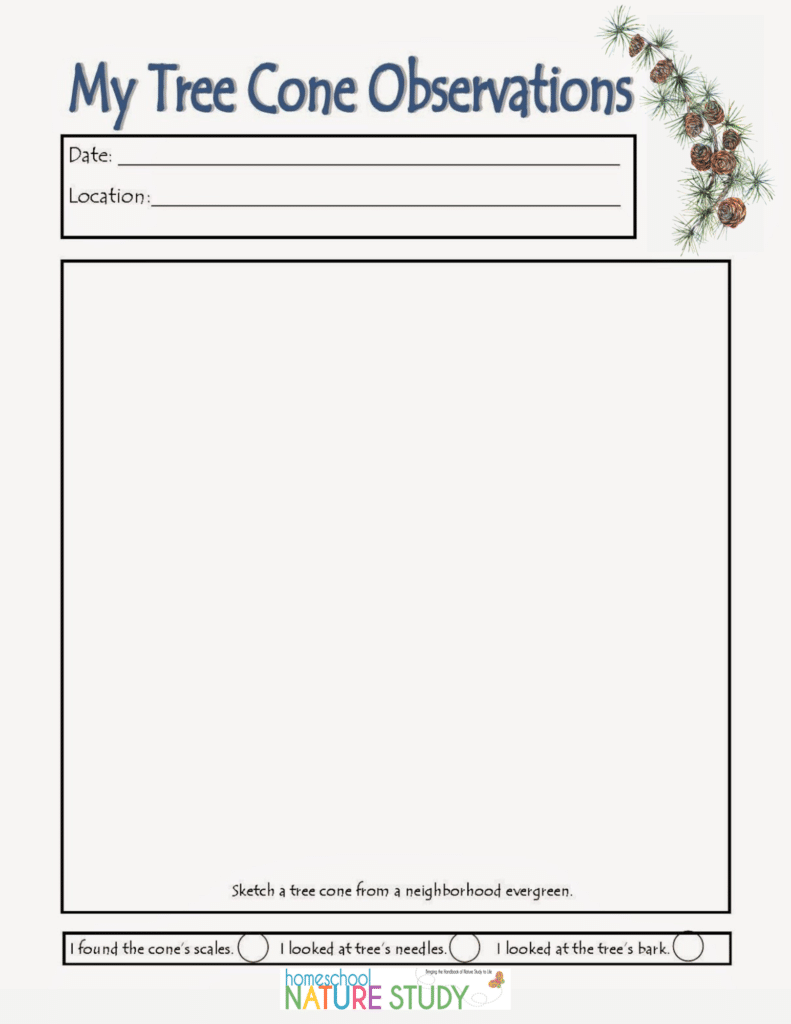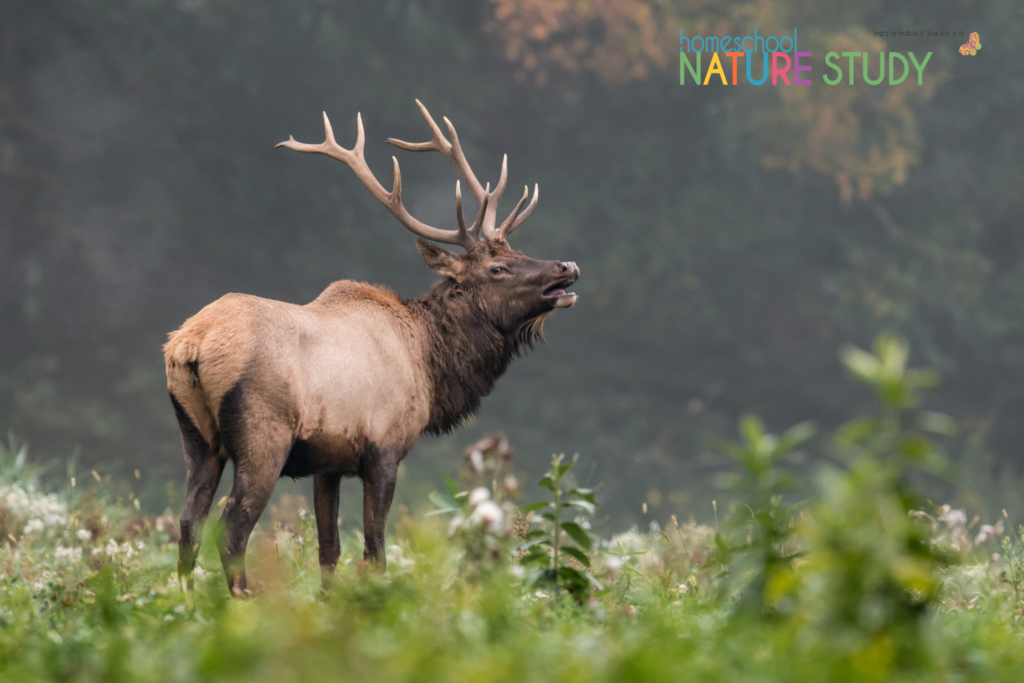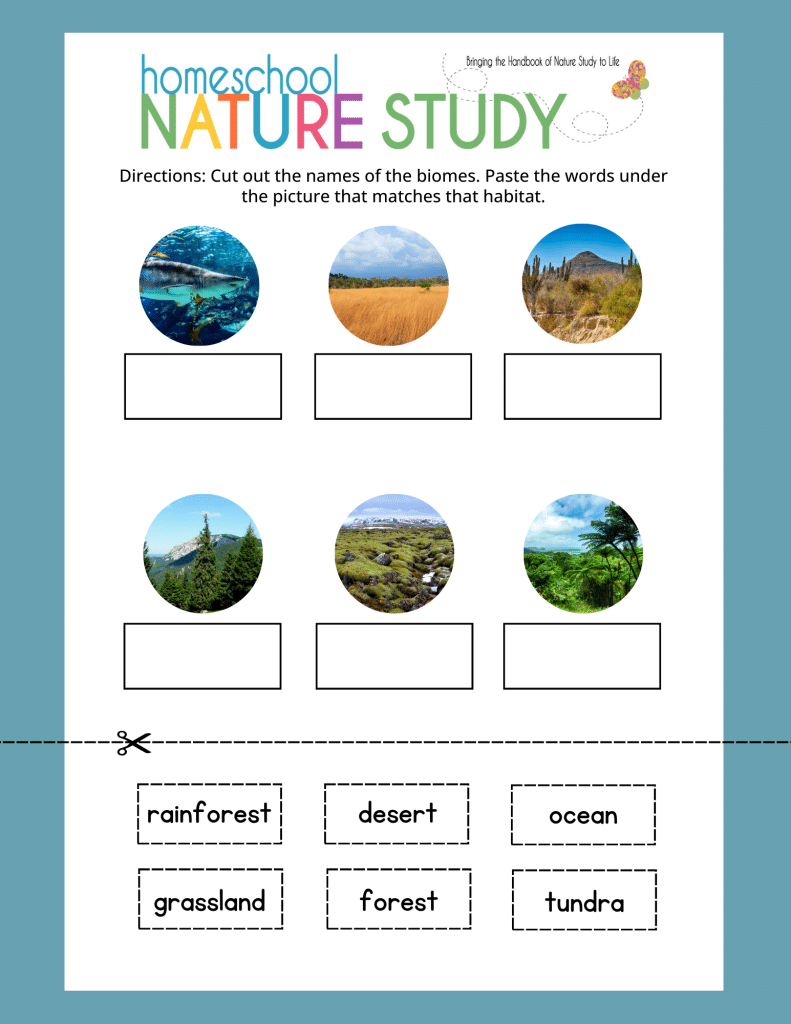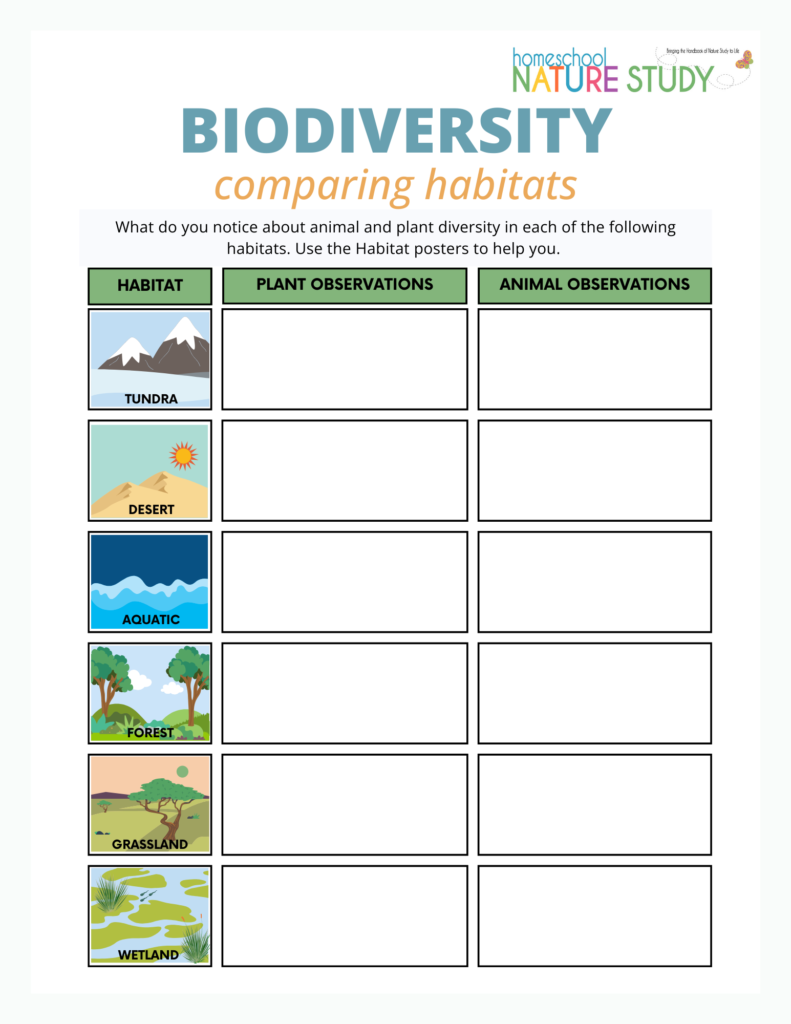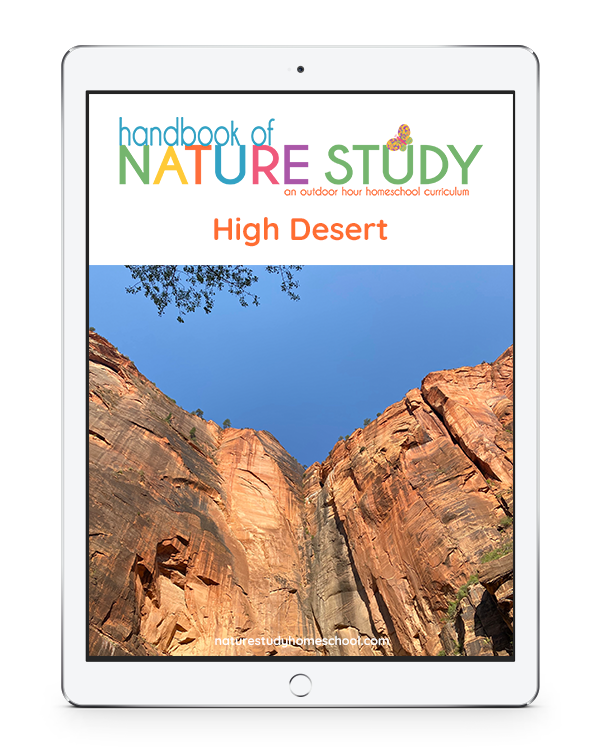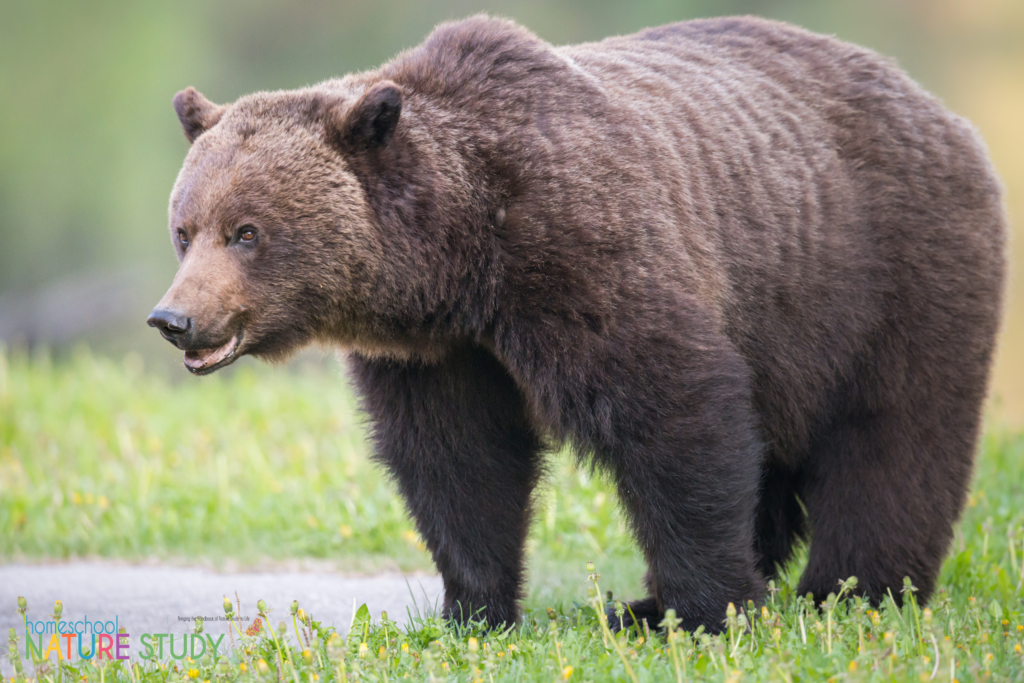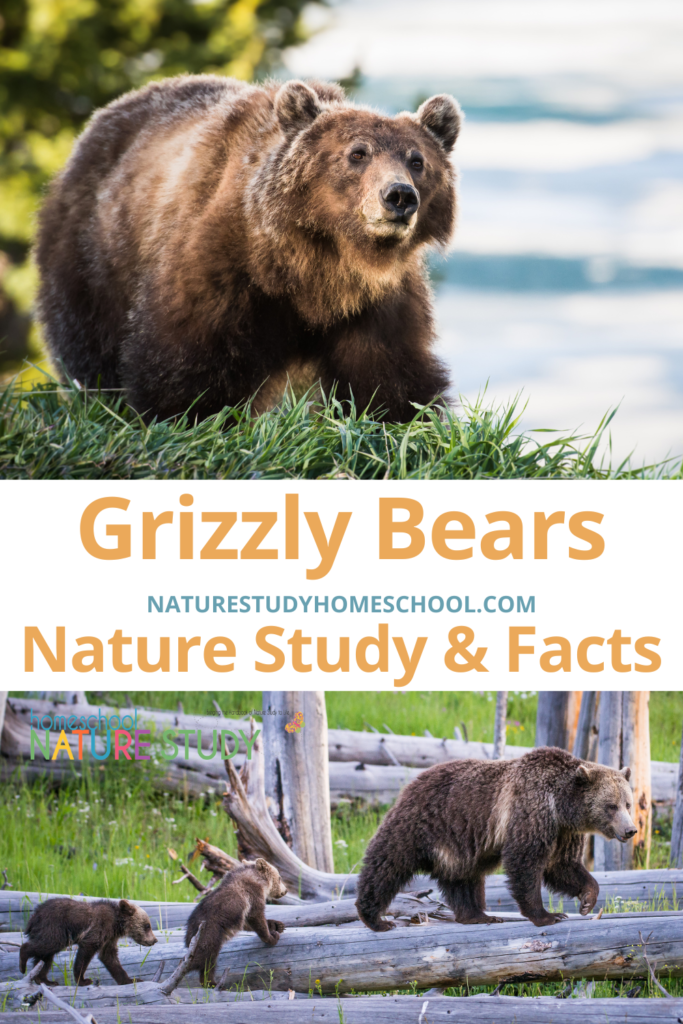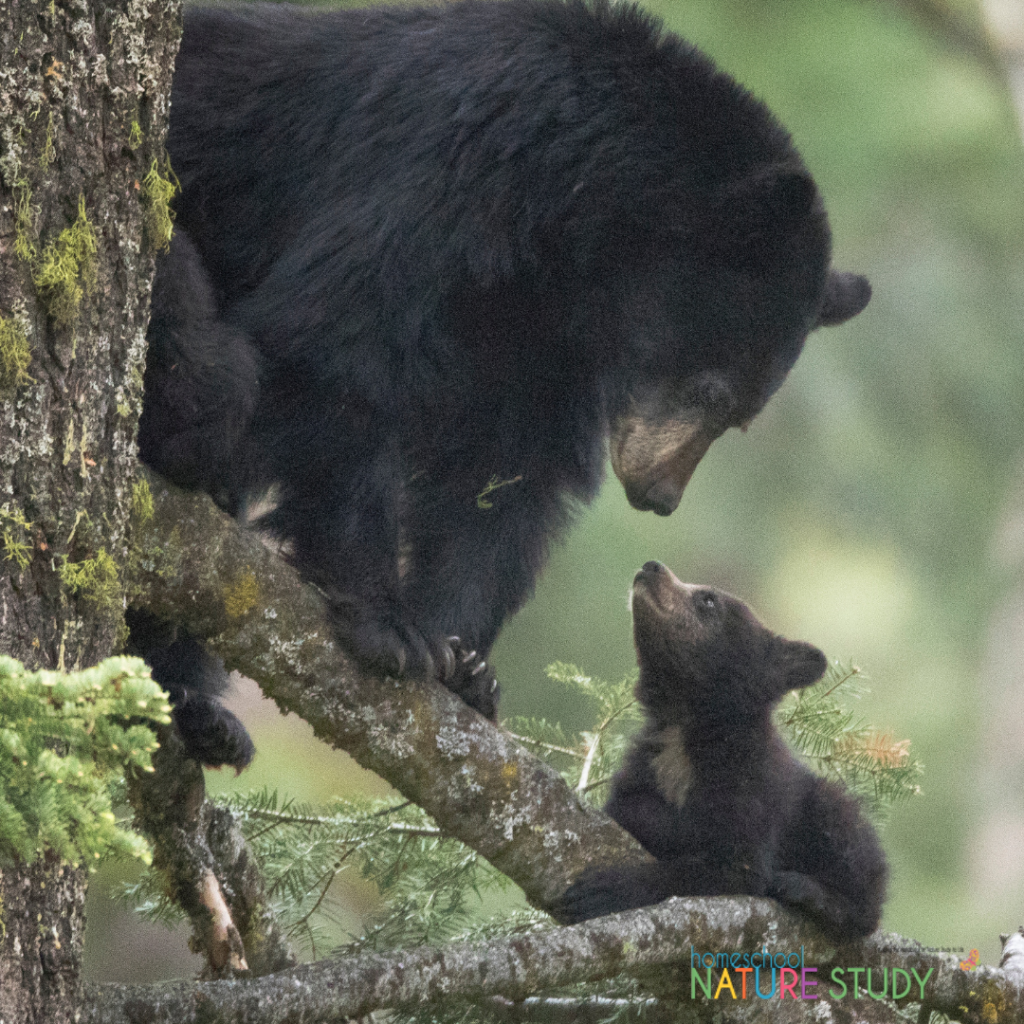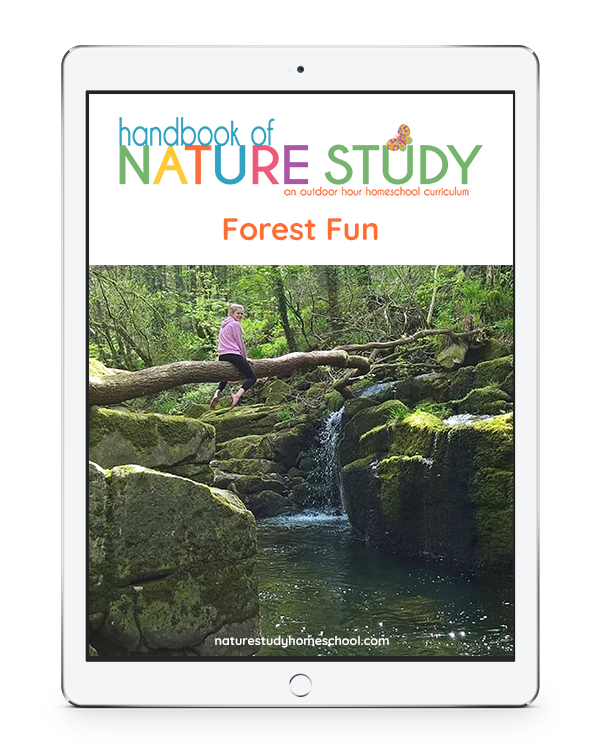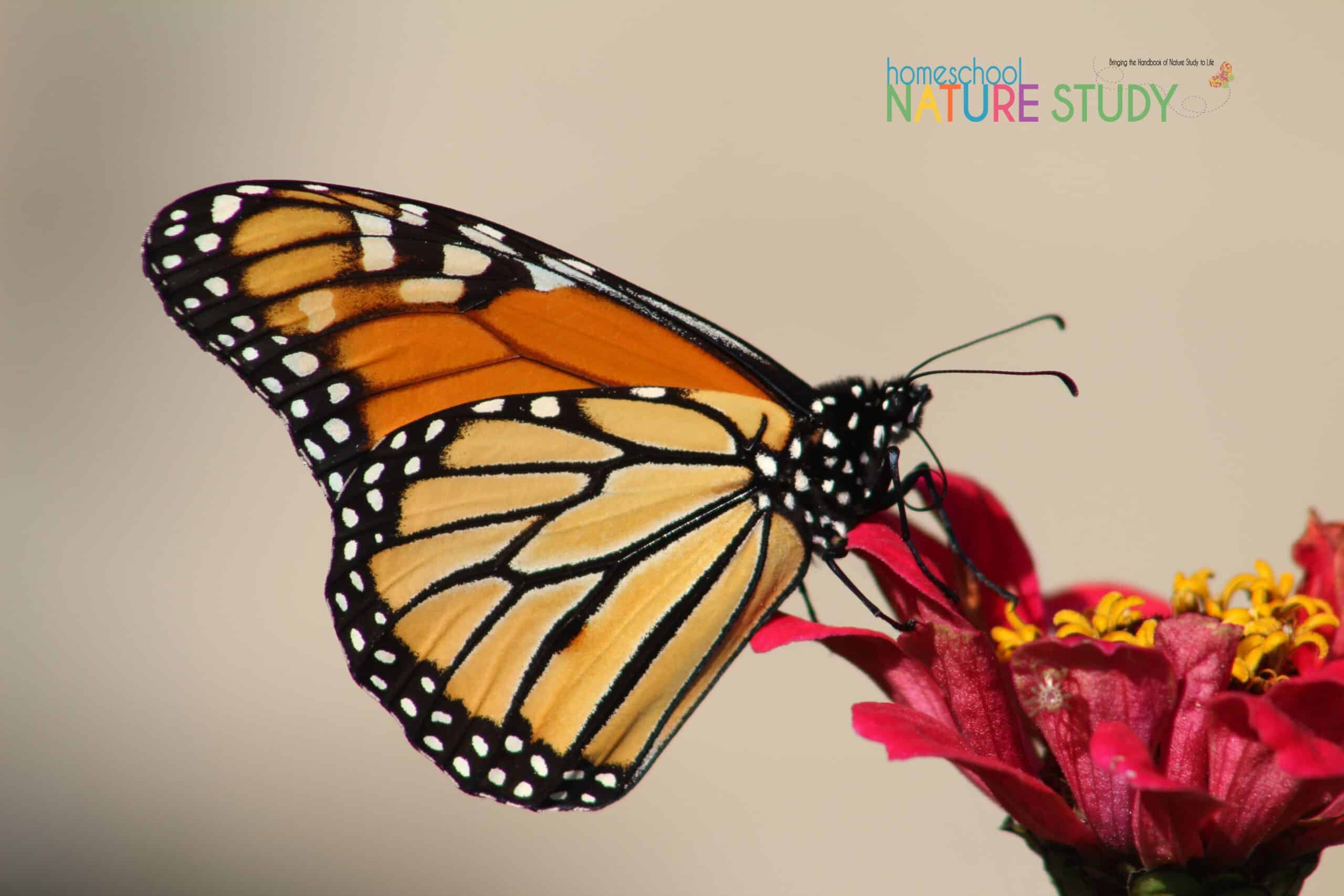
Here are 100+ ideas to use in creating your backyard habitat! This list is for all of us to use in creating a backyard habitat designed to attract birds, bees, and butterflies. I’ve heard from so many of my readers that they think their backyard space is boring or nothing out of the ordinary.
So this week, I’m going to challenge you all to get outside and prove yourselves wrong!

100+ Ideas To Use In Creating Your Backyard Habitat: Attract Birds, Bees and Butterflies
Every space has something to observe, and the list below will help you start thinking differently about whatever your outdoor space is currently looking like at the beginning of spring.
As part of the process in creating a backyard habitat, the first step is to make an assessment of what you already have and then decide how you can improve it. Challenge your children to check off as many things as they can from the list below.
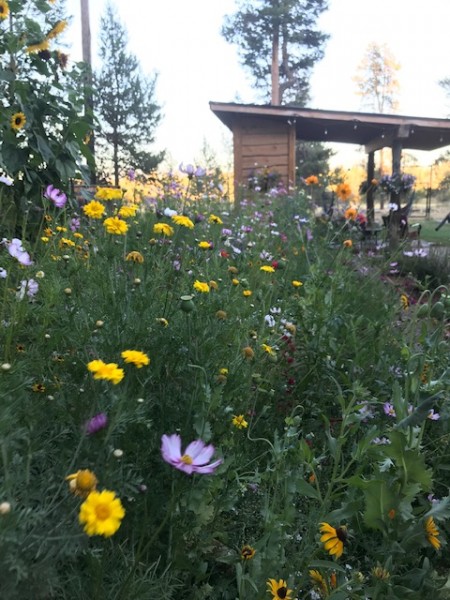
What Do You Observe in Your Own Backyard?
- Trees: leaves, bark, twigs, roots, flowers, cones, needles, seeds, pods, nests, birds
- Patch of weeds: leaves, roots, bugs, flowers
- Dirt: worms, gravel, stones, seeds, mud, ants, mushrooms, moss
- Sky: clouds, sun, moon, stars, birds
- Air: temperature, wind, smells, breath on a cold morning
- Birds: flying, pecking, eating, chirping, hopping, shapes and colors, beaks, wings, tails, feet
- Sounds: wind, frogs, rain, leaves, crickets, bees, fly buzzing, mosquitoes
- Weather: rain, clouds, temperature, snow, ice, dew, wind
- Flowers (garden or in a pot): petals, pollen, roots, leaves, stem, fragrance, shapes, colors, seeds
We need to train our eyes and hearts to be open to the opportunities that arise in our everyday travels.

Wildlife Habitat Plan with 25 More Ideas – With Requirements For Certified Wildlife Habit!
Homeschool Nature Study Members can enjoy this Wildlife Habitat Plan (with Requirements for a Certified Wildlife Habitat!) with prompts for 25 more ideas for your backyard habitat!
What would you add to the list?

More Resources For Homeschool Nature Study
Enjoy these ideas for even more inspiration:
How to Make Your Backyard a Natural Habitat for Wildlife – Here are some simple ways you can make your backyard a natural habitat for wildlife. You will love having the opportunity to have nature come to you in your very own backyard. Involve your whole family in the project and spend some time outdoors!
150 Homeschool Nature Study Ideas to Get Your Family Outdoors – nature study ideas and outdoors sorts of things! Make a list of your own and get outdoors!
How to Make a Butterfly Puddle – Here is an easy step-by-step on how to make a butterfly puddle right in your own backyard.
Attracting Birds to Your Yard – Here you will find all sorts of ideas for attracting birds to your yard for homeschool nature study and birdwatching.
Homemade Suet Recipe for Your Backyard Birds – Enjoy a homemade suet recipe and see how our homeschool family studied and learned about which type of food attracts a variety of backyard birds!
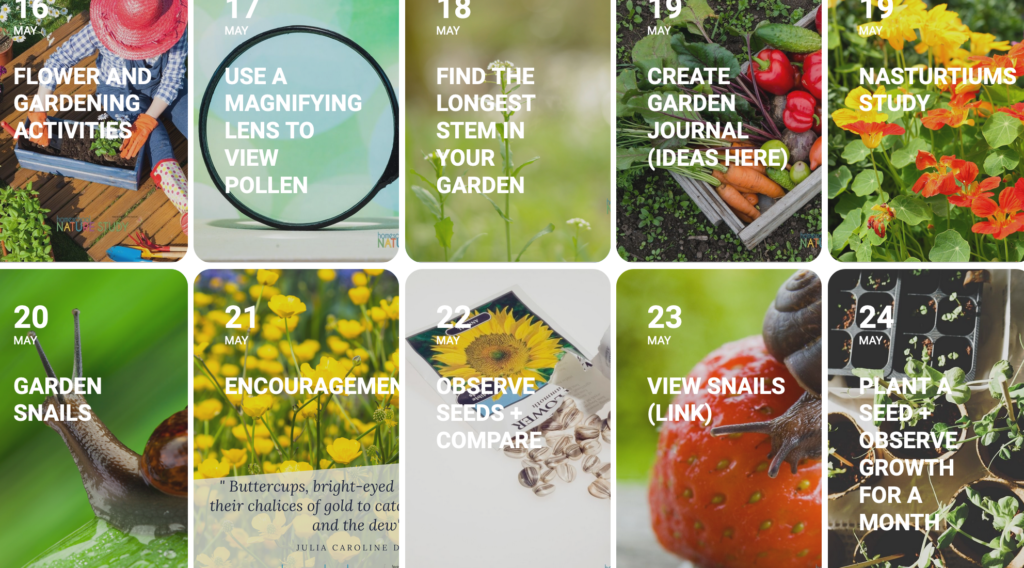
Nature Study Calendar included in Membership!
For even more homeschool nature study ideas, join us in Homeschool Nature Study membership! You’ll receive new ideas each and every week that require little or no prep – all bringing the Handbook of Nature Study to life in your homeschool!
Be inspired. Be encouraged. Get Outdoors!
by Barb, March 2021 and updated by Tricia March 2025


